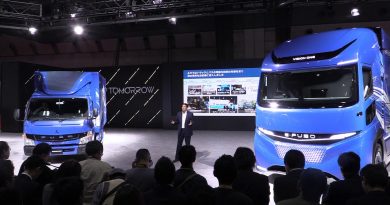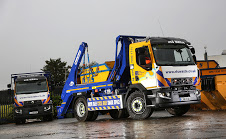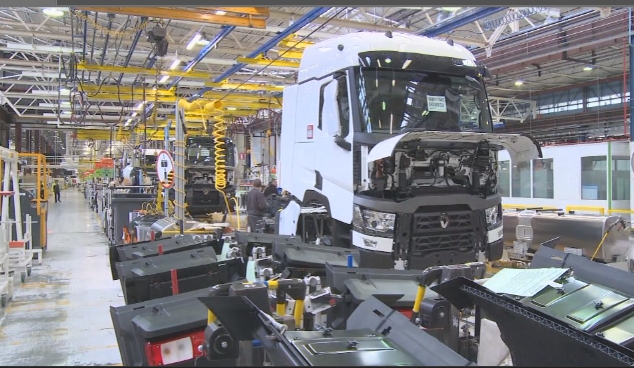Electric Volvo Trucks explained
In spring 2018 Volvo Trucks introduced two all-electric truck models – the Volvo FL Electric and Volvo FE Electric. What are their application areas, how are they engineered, what is their performance like? We talk to Anna Thordén, Product Manager, Electromobility at Volvo Trucks who has all the answers.
For which application areas are the electric trucks intended?
Both trucks are primarily intended for transport operations in urban conditions, such as distribution and refuse collection.
How do the two models differ from one another?
The Volvo FL Electric is a nimble and light truck designed for gross weights of up to 16 tonnes, while the Volvo FE Electric has a more robust design engineered for heavier operations, with gross weights of up to 27 tonnes. The Volvo FE Electric is also available with a Low Entry Cab that makes getting in and out more convenient and also increasing traffic safety by higher visibility, making it easier to keep an eye on other road users.
What driveline do you use?
For the Volvo FL Electric we have chosen an electric motor with a maximum power rating of 130 kW. The Volvo FE Electric has dual electric motors for a maximum power rating of 370 kW and continuous power output of 260 kW. Transmission to the driven wheels is via our two-speed gearbox, propshaft and rear axle.
How much energy do the trucks store on board?
The battery capacity and battery packaging is flexible in order to always optimise and suit customers individual transport needs. Both trucks have up to 300 kWh capacity, which is more than sufficient for a demanding day’s work in urban conditions.
How often must the batteries be recharged, and how long does this take?
That all depends on in which transport application the truck is used, and which type of charging system you choose. Discharged batteries can either be fully charged with up to 150 kW direct current (DC) via CCS2 in one to two hours, or with 22 kW alternating current (AC) from the mains grid in about ten hours. In practice however the charging time is shorter since the batteries are never completely discharged.
What’s it like to drive the electric trucks compared with today’s Volvo FL and Volvo FE?
There’s a big difference between the two driveline technologies. Low-frequency engine noise and vibrations are totally absent, as are exhaust gases. Electric power also offers rapid and linear acceleration since the electric motor delivers full torque from start. The Volvo FE Electric also has power shift functionality which delivers particularly smooth gear changes.
What payload can we expect?
In round figures an electric truck with four batteries carries about one tonne less payload than its diesel-driven counterpart. But it all comes down to the application. The Volvo FL Electric trucks that will operate in Gothenburg, for instance, have just three batteries since battery capacity has been optimised to maximise payload on the particular routes where the trucks will operate




